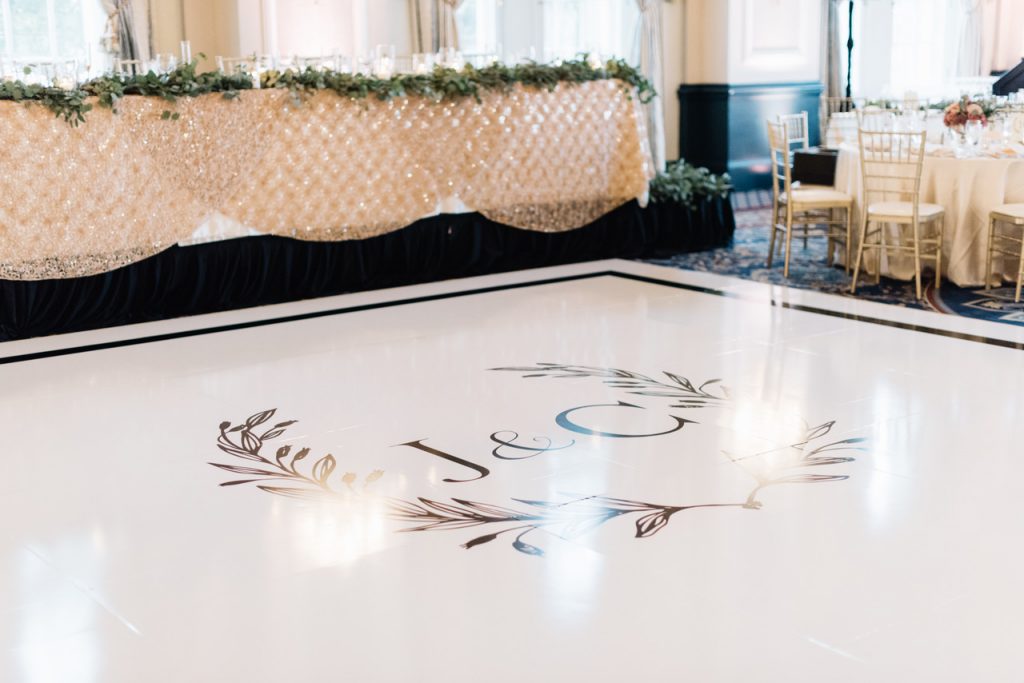
The main hues are crimson, azure, and yellow. These colors cannot be made by blending different hues combined. Intermediate colors, such as green, orange, and purple, are created by combining main hues. Third-level hues are created by combining a primary color with a secondary color. Understanding these basic relationships helps designers select hues that complement one another and create a visually appealing show. Combining these colors on an LED dance floor can lead to dynamic and exciting effects that capture the attention of participants.
Hue value also holds a crucial role in design. Colors can be classified as hot or chill. Hot hues, such as crimson, tangerine, and golden, tend to elicit feelings of excitement and warmth. In contrast, chill colors like blue, green, and purple typically generate a serene and tranquil environment. read this Creators can use these color temperatures to establish the ambiance for different types of events. For example, a celebration environment may gain from hot colors that energize the crowd, while a further calm occasion might employ chill colors to provide a soothing influence.
In furthermore to hue pairings and value, brightness and saturation are vital factors to take into account. Luminosity refers to how light or dim a hue looks, while saturation measures the vividness of a hue. Vivid, saturated hues can create a lively and energetic atmosphere, ideal for dance floors. On the other hand, gentler, lower saturated colors can create a further muted atmosphere. Through manipulating brightness and saturation, creators can attract attention to specific sections of the dancing floor or create sight routes, leading dancers through the space.
Ultimately, it is essential to consider the emotional effects of color in light-emitting diode dancing floor layouts. Various colors can evoke different feelings and responses. For dance floor rental for private parties instance, crimson is often associated with zeal and vitality, while blue can be calming and peaceful. Grasping these connections allows creators to strategically apply hues to influence the behavior of participants. Through incorporating color theory into LED dancing surface designs, creators can enhance the total encounter, making it memorable and pleasurable for all participating.